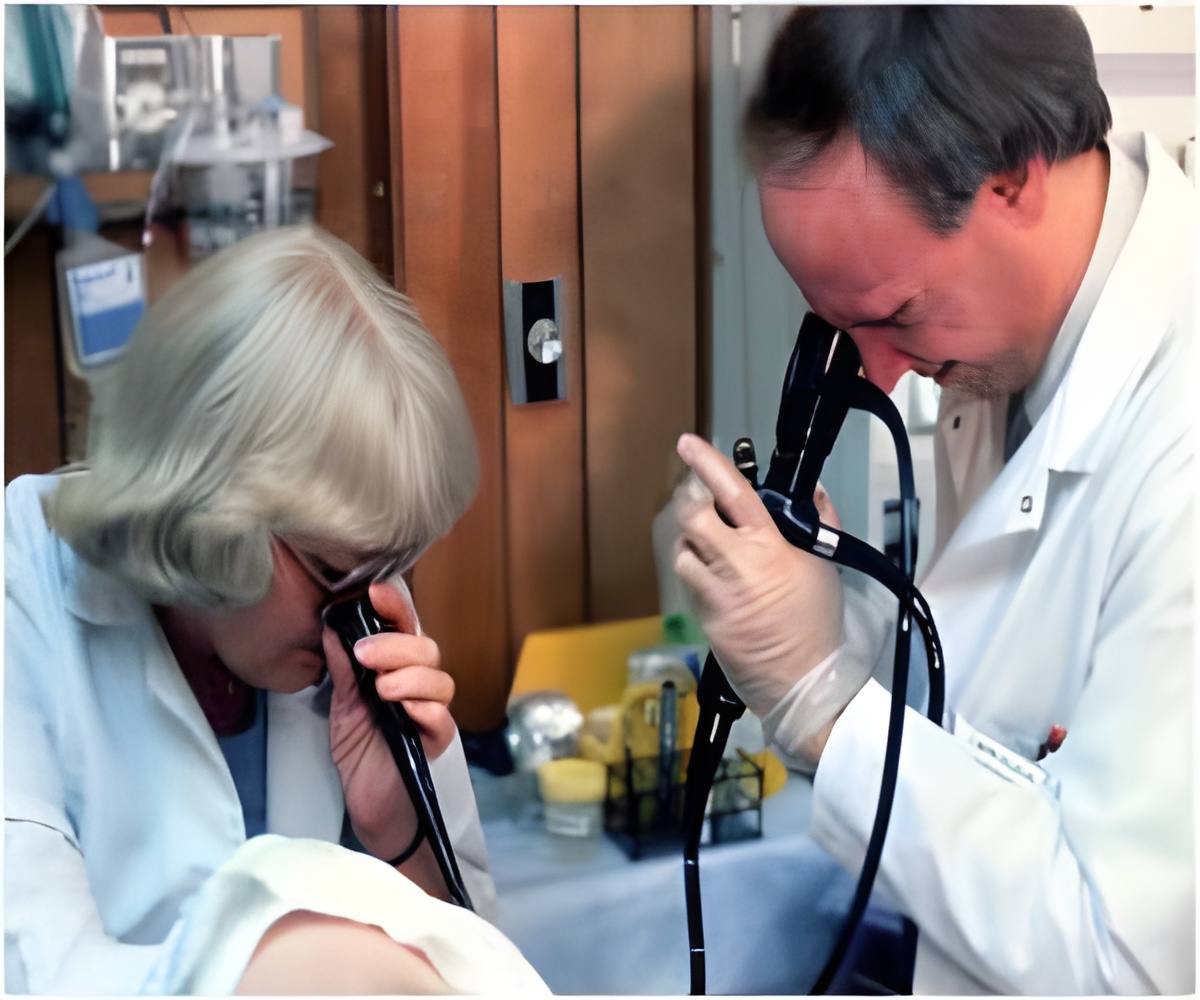Researchers at the National Institute of Standards and Technology (NIST) have invented a miniature thermometer with big potential applications.

‘The NIST thermometer measures temperature in about 5 milliseconds, much faster than most conventional resistive thermometers.’
Read More..




Just 2.5 by 1.15 millimeters in size, the new thermometer can be embedded in or stuck to another cryogenic microwave device to measure its temperature when mounted on a chip. The researchers used the thermometer to demonstrate fast, accurate measurements of the heating of a superconducting microwave amplifier.Read More..
The technology is a spinoff of NIST's custom superconducting sensors for telescope cameras, specifically microwave detectors delivered for the BLAST balloon.
"This was a fun idea that quickly grew into something very helpful," group leader Joel Ullom said.
"The thermometer allows researchers to measure the temperature of a wide range of components in their test packages at very little cost and without introducing a large number of additional electrical connections. This has the potential to benefit researchers working in quantum computing or using low-temperature sensors in a wide range of fields."
The thermometer consists of a superconducting niobium resonator coated with silicon dioxide. The coating interacts with the resonator to shift the frequency at which it naturally vibrates. Scientists suspect this is due to atoms "tunneling" between two sites, a quantum-mechanical effect.
Advertisement
By contrast, conventional thermometers for sub-Kelvin temperatures are based on electrical resistance. They require wiring routed to room-temperature electronics, adding complexity and potentially causing heating and interference.
Source-Eurekalert






